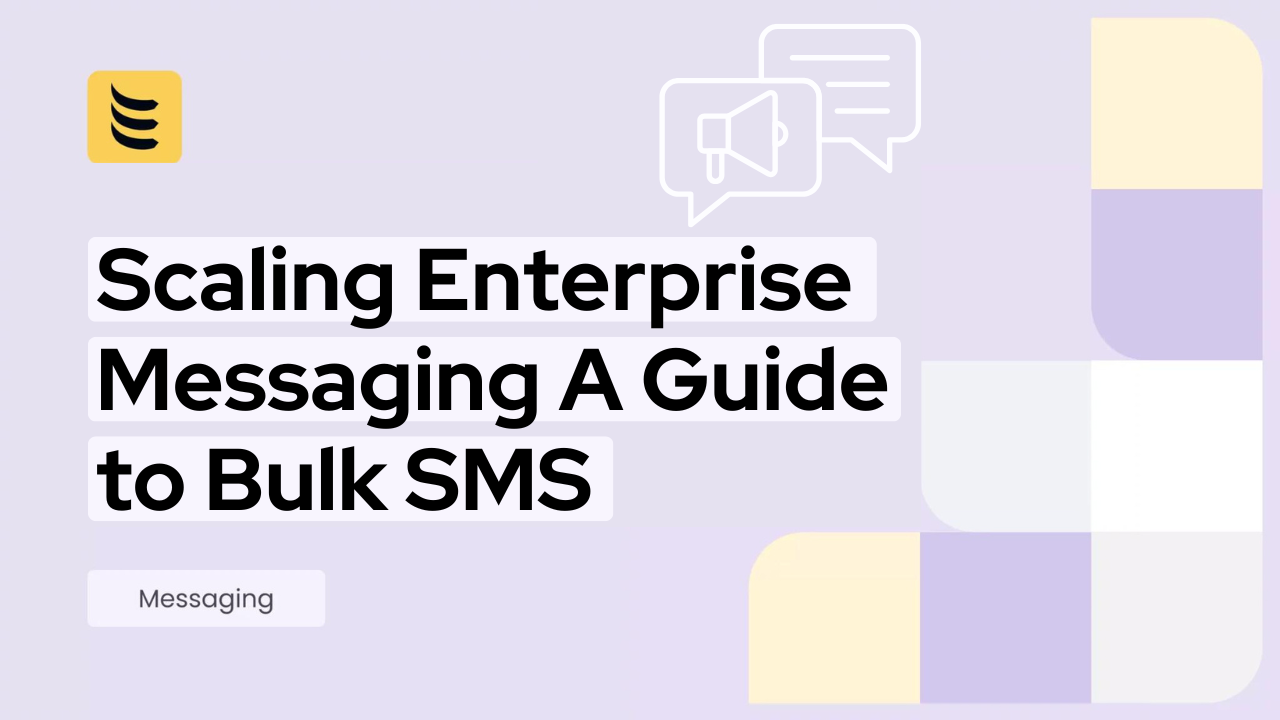BT recently announced that it plans to switch off the ISDN and PSTN networks by 2025 and will migrate all customers to an IP core network that will eventually replace all legacy networks/platforms. So what exactly does this mean, what impact might it have on your organisation, and what should you do to prepare?
Firstly it is important to differentiate between PSTN and ISDN.
PSTN stands for Public Switched Telephone Network and is sometimes also referred to as the Plain Old Telephone Service (POTS). It is the traditional analogue-based infrastructure for making and receiving calls over circuit switched copper lines. The wires/network are owned and operated by your provider.
ISDN stands for Integrated Services Digital Network. This network allows voice and data services over digital lines e.g. video conferencing and data transfer. ISDN digital services can provide multiple channels per line, thus enabling simultaneous phone calls.
ISDN is more modern than PSTN yet both are now seen as outdated and inferior to the alternative, reinforced by the fact that both will be switched off over the next seven or so years.
So what is the alternative?
The most popular and common alternative to traditional PSTN and ISDN is Voice over Internet Protocol (VoIP) which transmits voice traffic over an internet connection by turning it into ‘packets’ of data. Many businesses are already utilising VoIP solutions.
What should you do now?
If you are currently on a PSTN/ISDN system and your contract is due to be renewed in the next few years, it is definitely worth considering switching over to VoIP. The many benefits of doing so include cost-saving, increased mobility, video-conferencing, and easy scalability.
What to bear in mind?
Internet speed
In moving to VoIP you will need to ensure that your office internet connection can handle it (in terms of bandwidth). The bandwidth you need depends on your individual requirements and Quality of Service (QoS) priorities. If you do not have sufficient bandwidth, your call audio quality and reliability may be compromised.
Phone system/handsets
Most modern office phone systems and handsets will already support VoIP, but if yours does not, then you can replace your existing telephone system with an IP product; opt for an on-premises, IP-enabled PBX or go for a cloud-based PBX solution with its associated flexibility and cost savings.
When to migrate?
ISDN is now essentially viewed as a legacy platform, so investment in it is likely to wane. This could result in a reduction in the standard of the existing network, and support infrastructure well before 2025. This means that there is extra incentive to move to VoIP sooner rather than later.
Wholesale VoIP termination
Here at IDT, we provide a wide-range of services including both wholesale and retail VoIP termination and have coverage in over 45 countries worldwide. If you are looking for an expert provider to help with your switch to VoIP, why not take a look at our products page at today?




